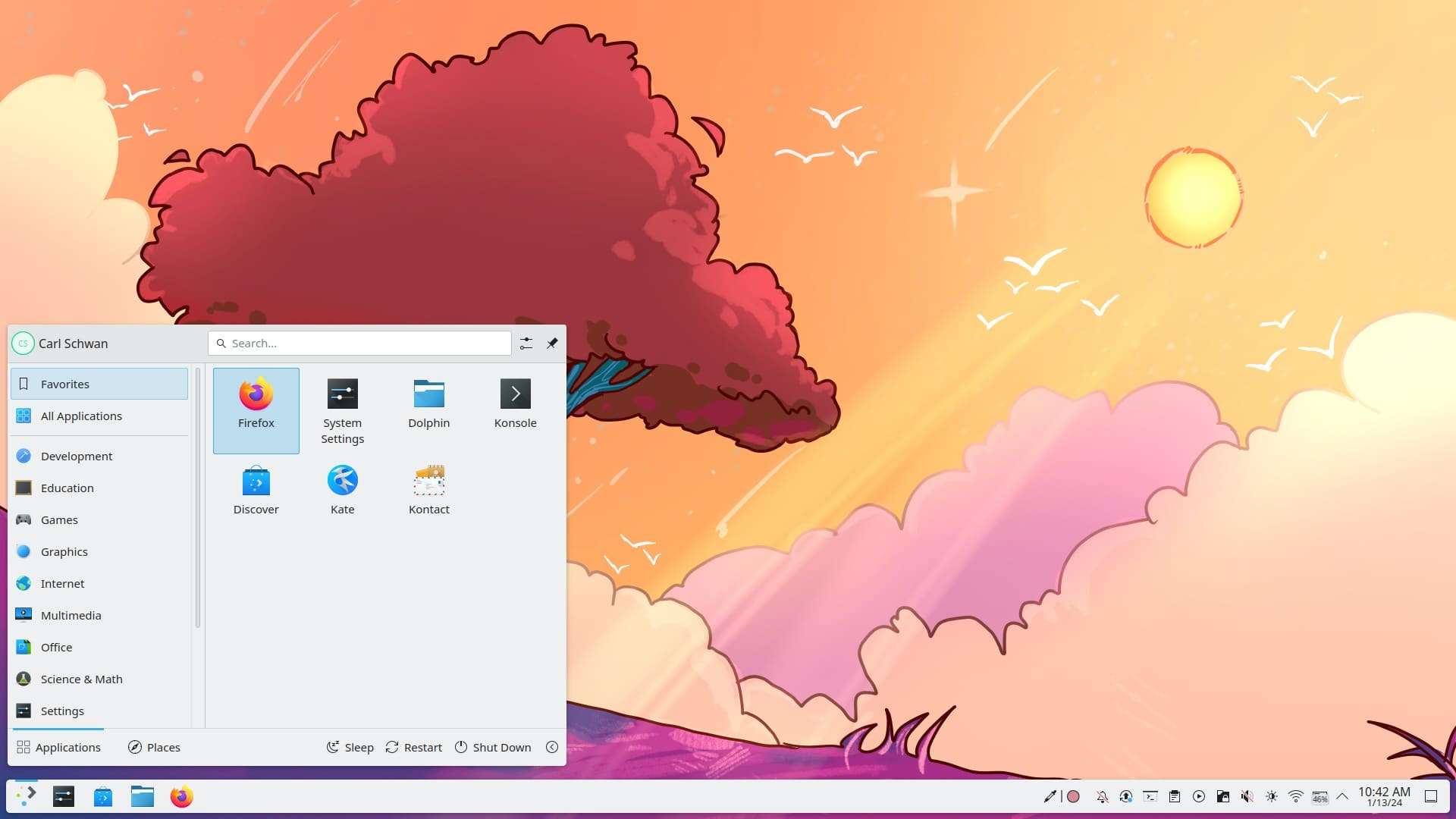The company announces a post-quantum cryptography solution in NetScaler and the new LTSR 2507 version of Citrix Virtual Apps and Desktops, reinforcing its commitment to security and flexibility in hybrid work environments.
The challenge of ensuring work security amidst a technological revolution
The business world is currently in a period of rapid transition: the widespread adoption of cloud computing, the rise of generative artificial intelligence, and the persistent threat of quantum computing have increased the complexity of IT environments. In this context, Citrix — a business unit of Cloud Software Group — has unveiled two key innovations aimed at ensuring digital work security and continuity.
On one hand, the company has announced the availability of its post-quantum cryptography (PQC) solution in NetScaler, one of the first market offerings aligned with NIST standards. On the other hand, the eagerly awaited version 2507 LTSR (Long Term Service Release) of Citrix Virtual Apps and Desktops (CVAD) has been released, featuring over 400 updates and a new release cadence.
“For over three decades, we’ve transformed attack surfaces into secure surfaces. Our commitment remains the same: to protect digital work in an increasingly complex world,” emphasized Sridhar Mullapudi, Co-President and CEO of Citrix.
NetScaler and Post-Quantum Cryptography
The most disruptive announcement is undoubtedly the integration of hybrid post-quantum encryption in NetScaler (version 14.1.51).
The threat isn’t hypothetical: while commercial quantum computing is not yet widespread, attackers are already collecting encrypted data under the “harvest now, decrypt later” model. Basically, sensitive information stolen today could be decrypted in the future when quantum computing power advances, exposing corporate, financial, or governmental secrets.
Citrix aims to proactively address this risk. Its hybrid solution combines classic algorithms like X25519 with quantum-resistant algorithms such as ML-KEM768, offering compatibility with current browsers and future resistance to quantum attacks.
A revealing statistic: only about 5% of organizations currently have a roadmap to face the quantum challenge. Citrix seeks to be the gateway for that transition with a ready-for-production product.
CVAD 2507 LTSR: The Most Powerful Release Yet
The second major update is the release of Citrix Virtual Apps and Desktops 2507 LTSR, scheduled for early August 2025. This edition marks a turning point for three main reasons:
- Increased release frequency for LTSRs: moving forward, there will be a new LTSR every year and three general releases annually, with extended support for three years.
- Over 400 improvements since the previous LTSR: enhancements in performance, compatibility, and security.
- Focus on operational efficiency and cost savings, addressing one of the top priorities for current CIOs.
Key features include:
- Enhanced flexibility: support for the latest operating systems and optimization of graphics, multimedia, and unified communications workloads.
- Improved visibility: advanced metrics on HDX sessions, network status, and devices; comprehensive session recording, including print, web apps, and inactivity tracking.
- Cost optimization: reports on unused applications, workload rightsizing, and cost modeling in hybrid environments, helping IT teams save on licenses and cloud consumption.
A Clear Message for CISOs and CIOs
With these updates, Citrix sends a message to security and IT leaders: the future of digital work depends on secure, adaptable infrastructures with a long-term vision.
The PQC in NetScaler represents a strategic step at a time when governments and companies worldwide are assessing the quantum threat. Meanwhile, the CVAD 2507 LTSR addresses a long-standing client demand: stability, combined with shorter, tangible innovation cycles.
Conclusion
By 2025, Citrix positions itself not only as a market follower but as an active player that anticipates risks that could redefine digital security over the next decade. In a landscape where organizations must operate with AI, evolving regulations, and new threats, investing in post-quantum encryption and more secure, efficient virtualization platforms becomes a strategic value proposition that’s hard to ignore.
Frequently Asked Questions (FAQ)
1. What is post-quantum cryptography (PQC)?
It’s a set of encryption algorithms designed to withstand attacks from future quantum computers, which could break current standards like RSA within hours.
2. What does the new Citrix Virtual Apps and Desktops 2507 LTSR version bring?
Over 400 improvements, expanded support for modern operating systems, better session visibility, and new cost optimization tools.
3. Why is it important to anticipate the quantum threat?
Because attackers are already collecting encrypted data today to decrypt in the future. Adopting PQC helps protect information long-term.
4. How often will Citrix release new LTSRs?
From now on, one annually, with three general releases each year and extended support of three years.
via: citrix

